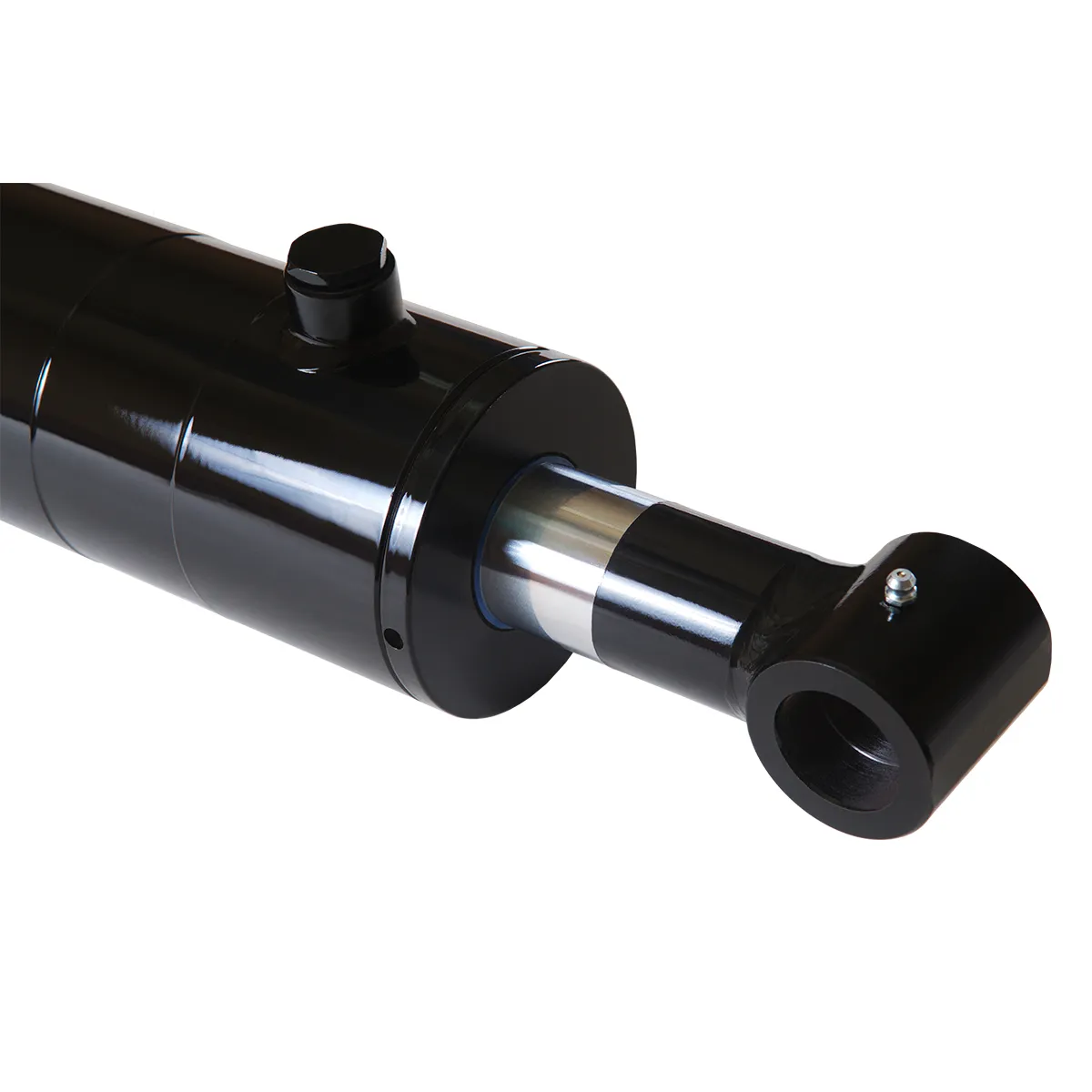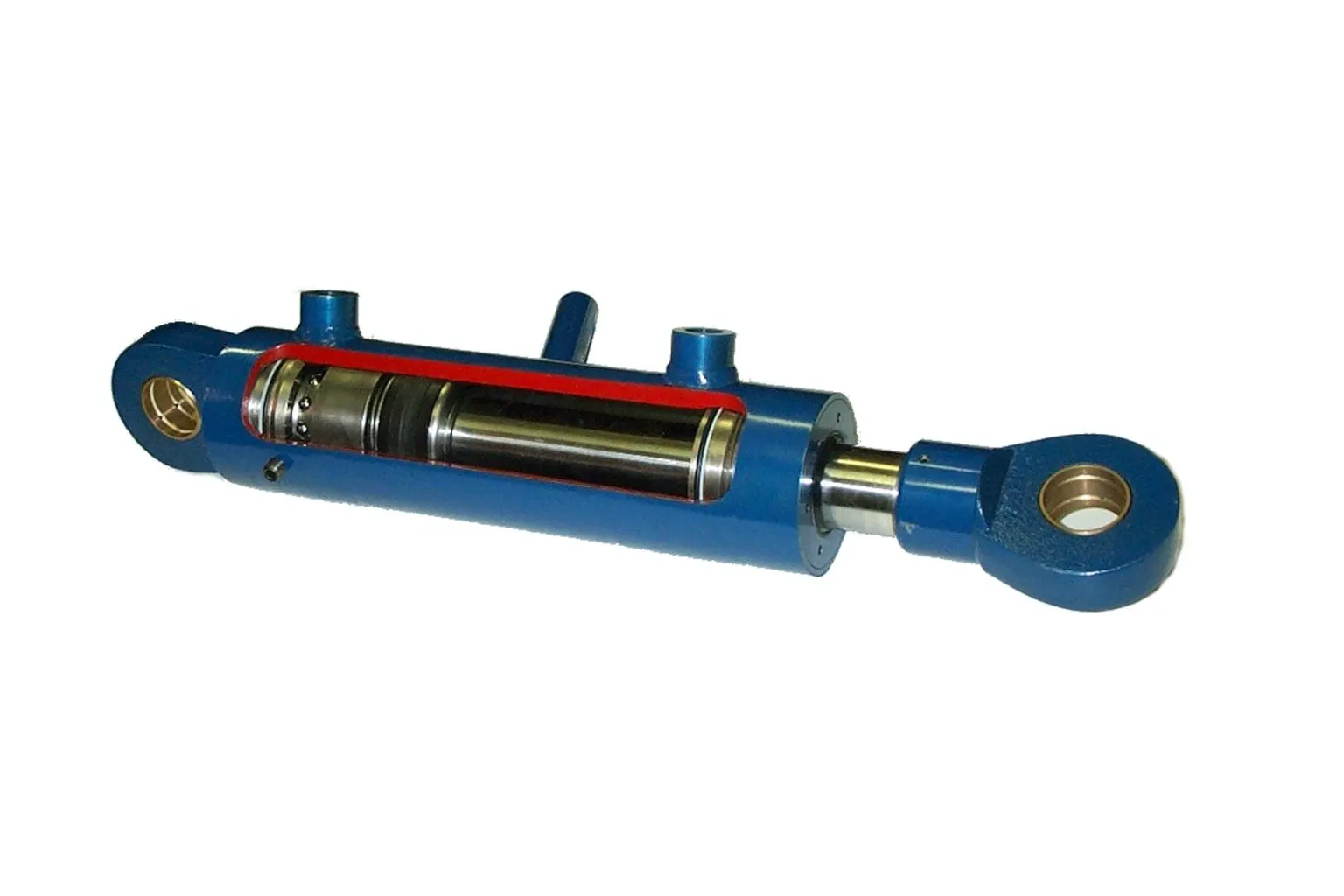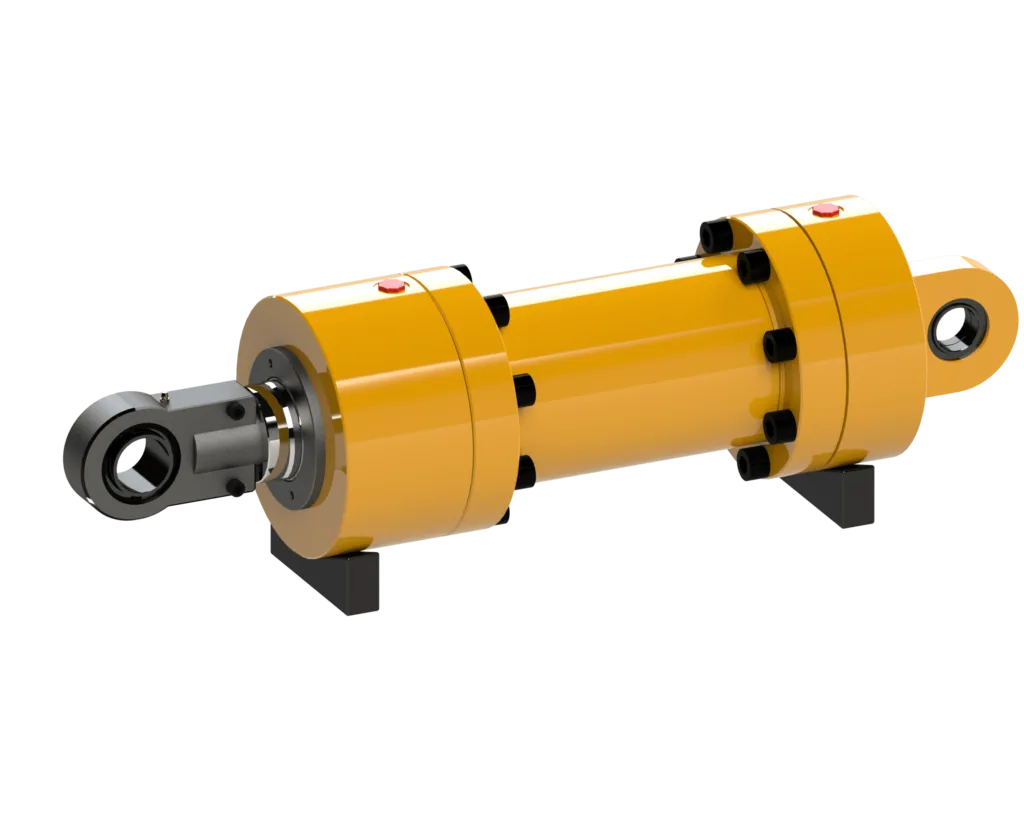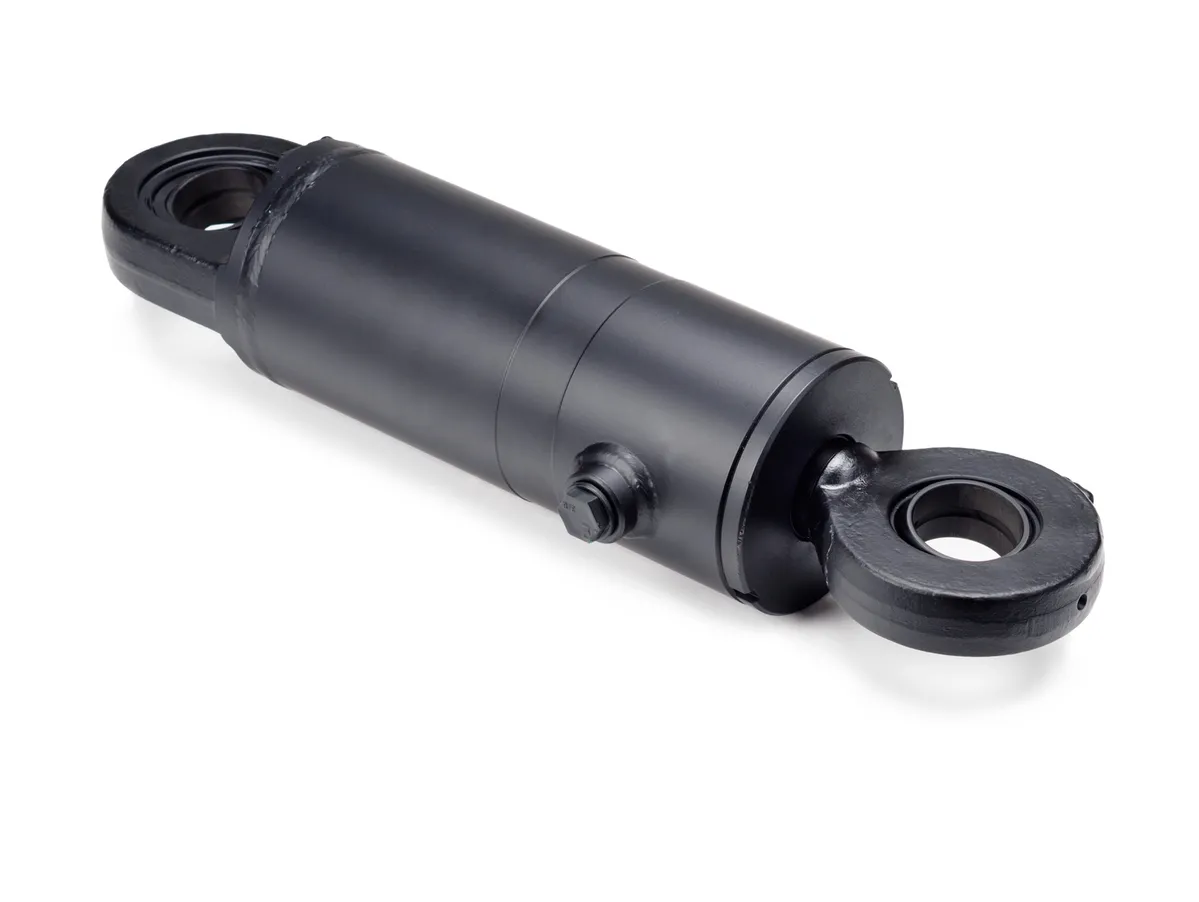The Subtitle
Introduction to the Key Characteristics of Magnetic Welded Hydraulic Cylinders
Defining Magnetic Welded Hydraulic Cylinders
Magnetic welded hydraulic cylinders are advanced hydraulic components that utilize magnetic sensors for contact-free position detection, enhancing accuracy and reaction speed in hydraulic systems.
Principle of Magnetic Welded Hydraulic Cylinders
These cylinders utilize magnetic sensors to detect the position of the piston without physical contact, ensuring precise positioning and movement within the hydraulic system.
Role and Application
Magnetic welded hydraulic cylinders play a crucial role in various industries where precise motion control and compact design are essential. They are commonly used in industrial automation, material handling, construction equipment, and more.
Design and Construction Characteristics
Integration of Easy Magnetic Sensor
The built-in magnetic sensor allows for contact-free position detection, improving accuracy and reaction speed in hydraulic systems.

Welded Structure
Advanced welding techniques are used to connect components, enhancing the strength and durability of the cylinder, making it suitable for high-pressure applications.
Compact Design
By utilizing magnetic sensors, these cylinders can be designed in a more compact manner, saving space and making them ideal for limited-space applications.
Sealing Performance
Excellent sealing materials and structures are employed in the design to prevent leaks, ensuring reliability and safety in operation.
Construction Characteristics
Precision Machining
Each component of the hydraulic cylinder is precision-machined to ensure accuracy and sealing in the assembly process.

Welded Process
State-of-the-art welding technology is used to ensure the strength and durability of welded joints, preventing failures under high pressure.
Testing and Verification
Rigorous performance testing, including pressure testing and position accuracy verification, is conducted to ensure the hydraulic cylinder’s proper functionality.
Customization
Customized design and construction are available to meet specific application requirements and environmental conditions.
Working Principle
Liquid Transfer Force
The hydraulic cylinder transfers force through a liquid medium, allowing for controlled movement of the piston.
Piston Movement

The piston moves within the cylinder in response to hydraulic pressure, converting fluid energy into mechanical work.
Workload

The cylinder handles various workloads, providing the necessary force for specific applications.
Sealing System
A robust sealing system prevents leakage and contamination, ensuring the efficiency and longevity of the hydraulic cylinder.
Pressure Release
Pressure release mechanisms allow for safe operation and control of the hydraulic system.
Types and Configurations
Single-Acting Cylinder
Single-acting cylinders operate in one direction, utilizing hydraulic pressure to extend or retract the piston.
Double-Acting Cylinder
Double-acting cylinders can move in both directions, providing more versatility in hydraulic applications.
Telescopic Cylinder
Telescopic cylinders consist of multiple nested stages, allowing for extended reach and compact storage when retracted.
